www.yardbarker.com
The ultimate Paul McCartney playlist
By Evan Sawdey
The Yard Barker
Monday 20 may 2019

Jean-Marie Huron/Getty Images
This summer, Sir James Paul McCartney will turn 77 years young, and even while he continues to put out new albums and tour the world several times over, his legacy of literally hundreds upon hundreds of songs remains undiminished. Five decades ago he was planning the end of his run with The Beatles, the Fab Four dropping both the "Yellow Submarine" soundtrack and the legendary "Abbey Road" in 1969. The following year would see the release of the Beatles' final album ("Let It Be") as well as McCartney's first-ever solo record. In the 49 years since then, he's been dropping decade-defining pop numbers that still illicit massive roars from concert crowds. "Beatlemania" isn't a time frame: it's a mindset.
So unite your hands across the water (water) and heads across the sky as we put together the ultimate Paul McCartney playlist. From his time with The Beatles to his collaboration with Rihanna and everything in between, let's take a look at all of the great songs from "Yesterday" and beyond.
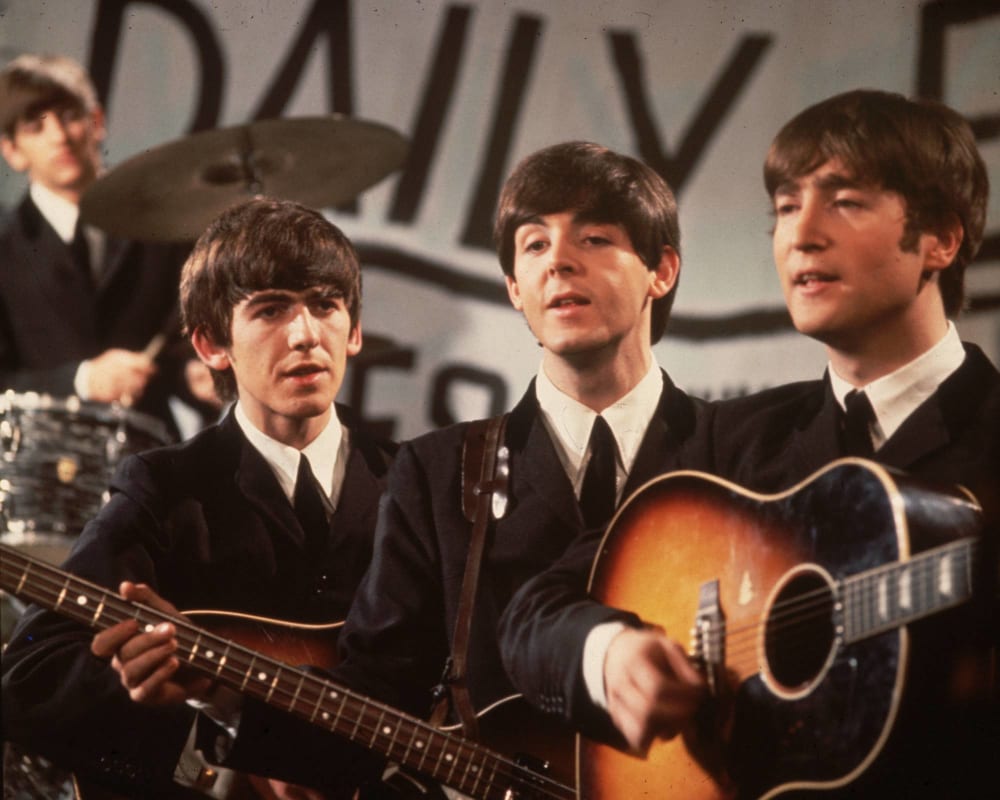
"Yesterday" (The Beatles - 1965)
Let's be real: You're not going to have a playlist of the most iconic Paul McCartney songs of all time without "Yesterday." The lyrics may be a bit non-specific, but those sweet acoustic guitar pluckings and gorgeous string section help drive its themes of love and regret, which proved to be so universal in sentiment that this has become the single most covered song in history.

Harry Benson/Getty Images
"We Can Work it Out" (The Beatles - 1965)
Salvaging a relationship on the brink of breakup, McCartney tries to play the role of romantic peacemaker on this stunning non-album track that made for quite a tasty transatlantic chart-topper. While the song is instantly iconic, it's John Lennon's wheezing, windy harmonium that helps gives the verses their distinct edge, altogether making for one of the most utterly legendary pop moments in the band's entire discography. Over 50 years later, it still sounds as vibrant as ever.

King Collection/Photoshot/Getty Images
"I've Just Seen a Face" (The Beatles - 1965)
Sometimes McCartney gets short-shifted as merely "the pop guy" in contrast to Lennon's more mature and experimental sonic musings. Yet let it be clear: Pop music does not always make for songs that are disposable, and on this genius-level "Help!" track, McCartney makes the case for being one of the most effective songwriters of all time when it comes to chord-changes alone. Barely clocking in at over two minutes, it already contains enough memorable guitar lines, "di-di-da" vocal hooks and replayable choruses to put it in the echelon of all-time great rock songs — and it was never released as a single. This is how astounding the Beatles' hot streak was: Some of the greatest tracks they ever penned were tucked away at the end of their albums, like throwaways.

Hulton Archive/Getty Images
"Eleanor Rigby" (The Beatles - 1966)
Especially with these modern ears of ours, it's easy to forget that what The Beatles were doing within the context of a rock album was about as boundary-breaking as could be. Especially with "Revolver," the band began breaking out of traditional guitar-based forms, and McCartney's string quartet lament, "Eleanor Rigby," the second song on the record, rewrote the rulebook as to what a rock record could sound like. Still just as emotional and impactful all these years later, McCartney's tale of the late-in-life routines of Eleanor Rigby and Father McKenzie remains as affecting as ever.
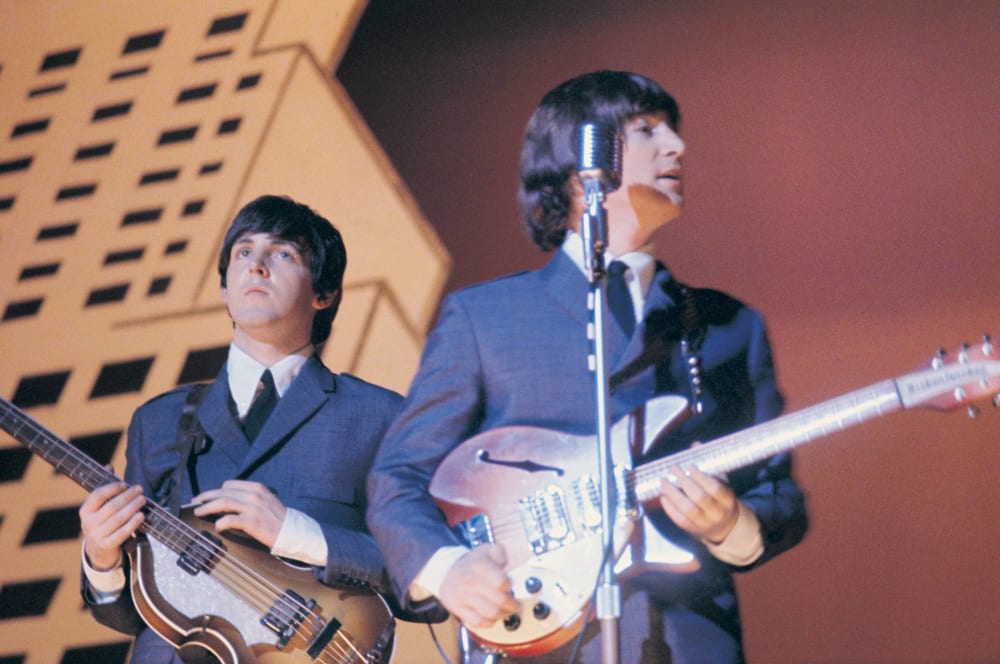
Mark and Colleen Hayward/Getty Images
"For No One" (The Beatles - 1966)
Don't let that lively French horn solo fool you: "For No One" is an absolutely brutal song about a girl breaking up with you and you not believing it. "And yet you don't believe her when she says her love is dead / You think she needs you," McCartney plainly states on this "Revolver" album track, proving his wit could be just as gutting as anyone else's when it came to such matters. No wonder Lennon has gone on record saying it's one of his favorite McCartney compositions.
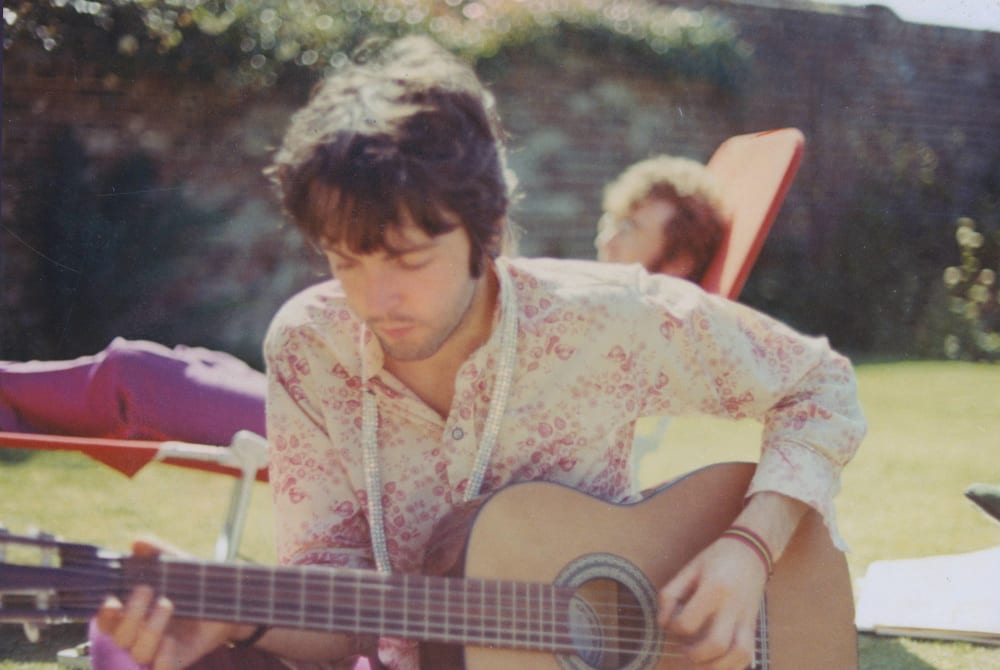
Mark and Colleen Hayward/Redferns
"The Fool on the Hill" (The Beatles - 1967)
Mixing Elizabethan elements with a bit of Tin Pan Alley-pomp, this utterly unusual number from the "Magical Mystery Tour" record remains a hallmark McCartney tune, with harmonics and penny whistles creating a lilting, almost magical air to the song. During the lyrics, McCartney cedes that some of the fools among us are the wisest of all, which some read as a nod to the Maharishi. It's definitely a quirky choice for a McCartney playlist, but quirk was very much a McCartney attribute and one that needs to be acknowledged.
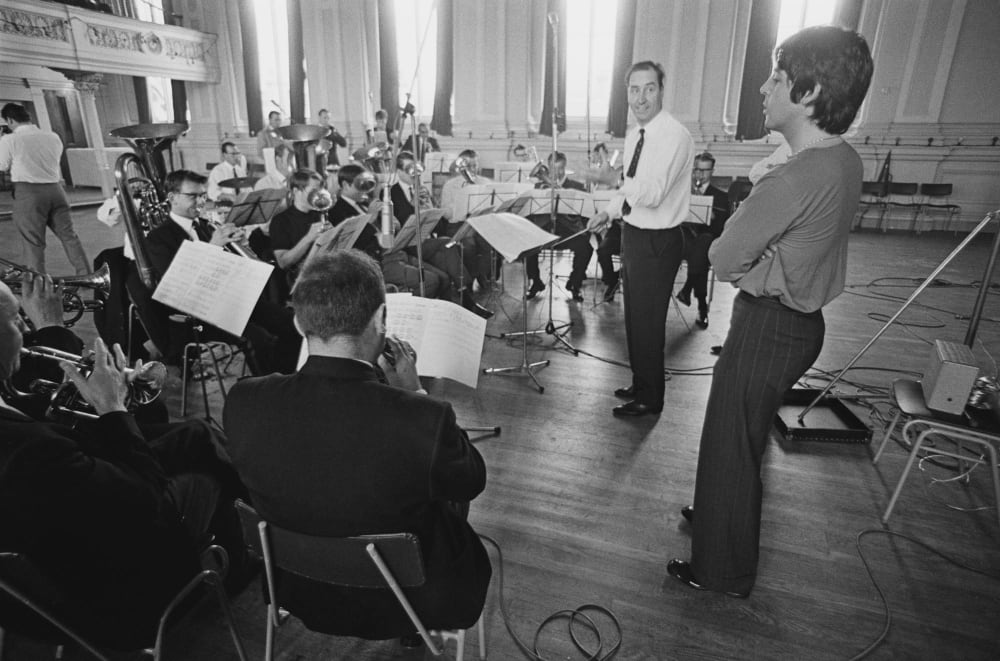
Tony Evans/Timelapse Library Ltd./Getty Images
"Helter Skelter" (The Beatles - 1968)
Reportedly written in response to The Who's landmark "I Can See For Miles" and used as a way to snap back at the critics who said he wrote too many "silly love songs" (more on that later), McCartney has never sounded angrier or more furious on this legendary "White Album" track, cited by many as one of the earliest heavy metal numbers in existence. Today its guitar noodling in the middle might be a bit elongated for some ears, but especially in the '60s, few were able to capture the in-the-red fury that McCartney mastered here — a facet of his songwriting that, sadly, he would rarely revisit.
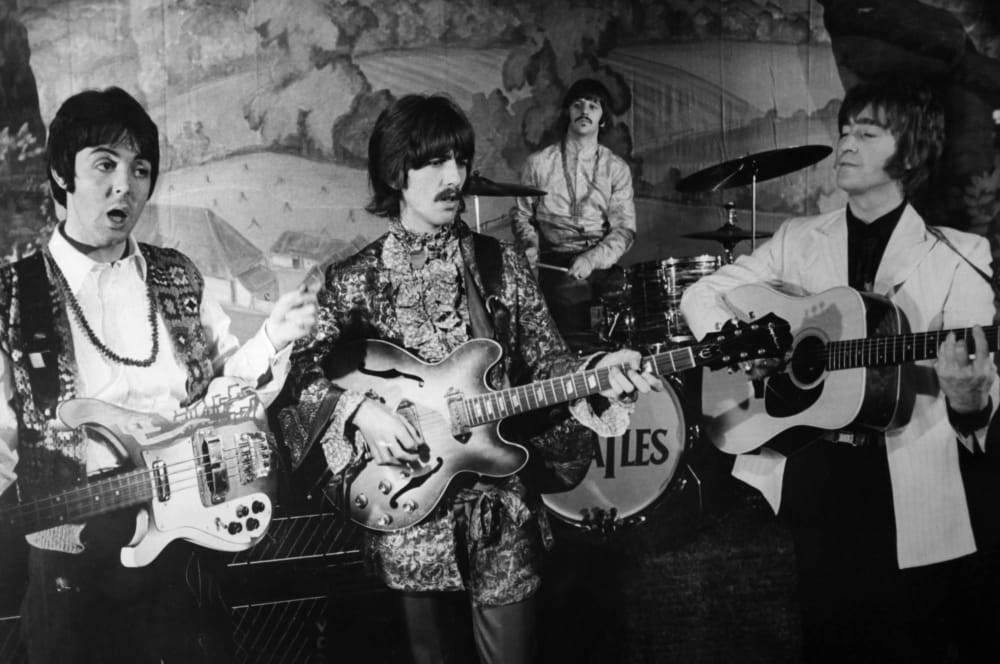
Keystone-France/Gamma-Rapho via Getty Images
"Hey Jude" (The Beatles - 1968)
Even this late into their career, The Beatles weren't defined by just their albums: They were still a singles band as well, and some of their most memorable songs weren't a part of their albums proper. Sure, this was common practice at the time, but when you consider the number of stadiums that have chanted along to this memorable "na na na" chorus in unison, it's still remarkable to think that this single was dropped all on its own as a sweet ode to Lennon who was going through a divorce at the time. This exact song style has been so often imitated but rarely bettered.
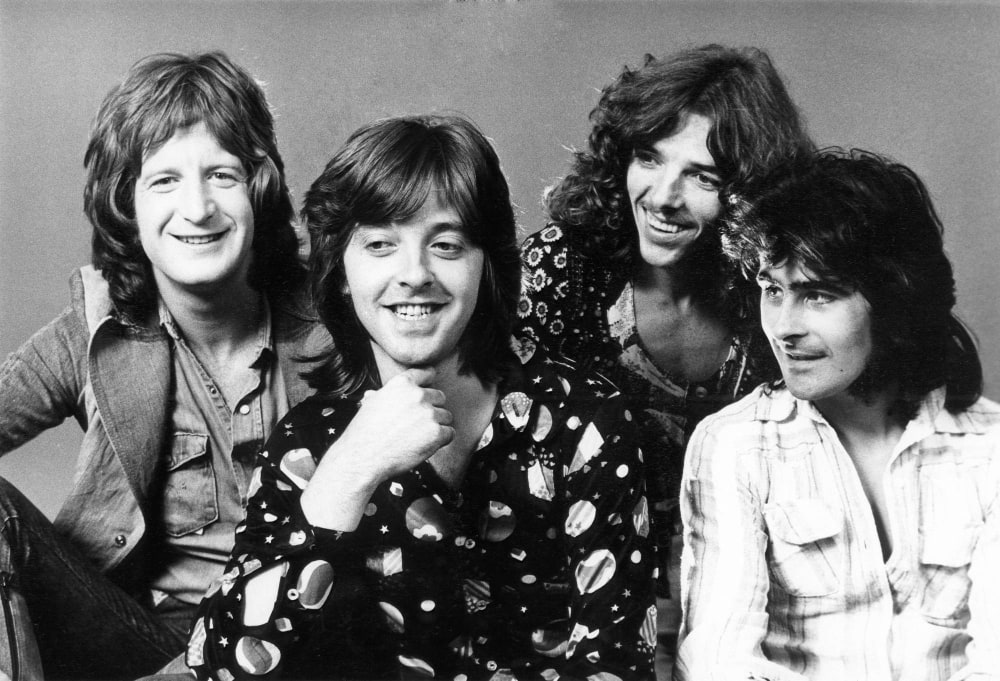
Gems/Redferns
"Come and Get It" (Badfinger - 1969)
Previously known as The Iveys, the group that was rebranded as Badfinger was one of the first-ever signees to the ill-fated vanity label the Beatles set up, Apple Records. Paul was fascinated with the boys and gave them a gift in the form of "Come and Get It," a fluke number McCartney recorded himself during an early-morning session for "Abbey Road." He gave the guys the song and produced it, and it became a top 10 hit on both sides of the Atlantic. While Badfinger's fortunes would later take a turn for the tragic, this stellar piece of straight-up guitar pop remains the band's calling card and one of McCartney's oft-overlooked classics.
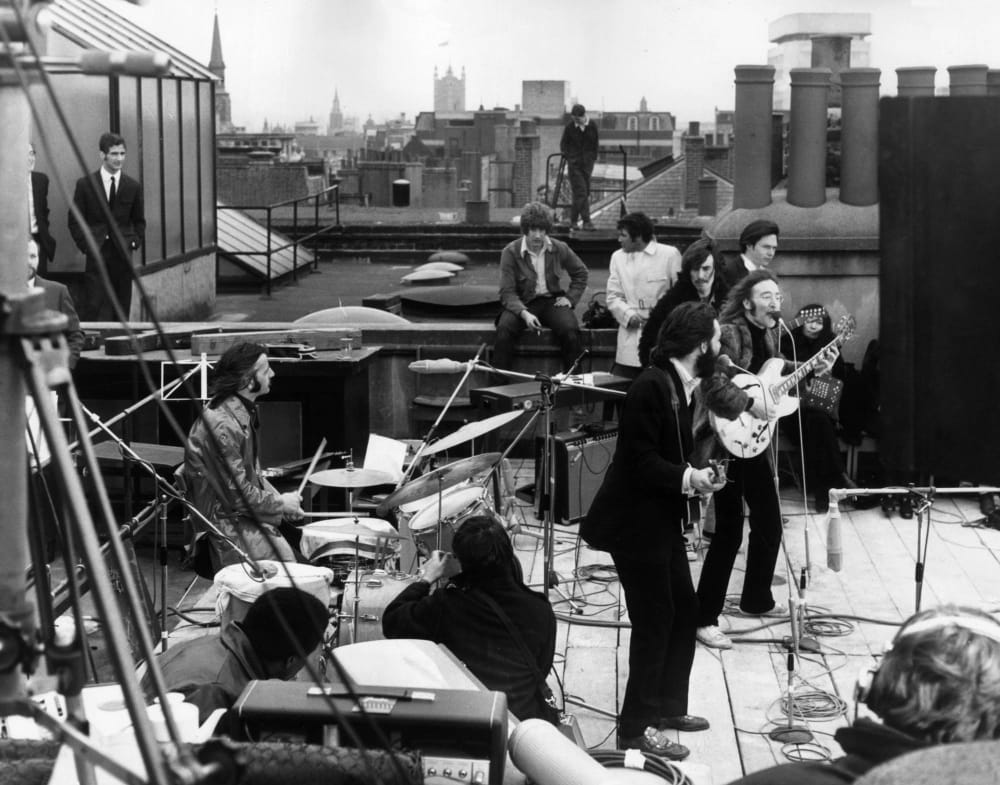
Express/Express/Getty Images
"Two of Us" (The Beatles - 1970)
While the title track from the Beatles final album, "Let It Be," may seem like an obvious choice for inclusion here, there's something remarkable about that album's utterly sweet, simple and unadorned country-rock opener "Two of Us." Often cited as an attempt by Lennon and McCartney to patch things up despite their growing tension with each other (hence the shared lead vocal), the song was actually about McCartney's soon-to-be-wife Linda Eastman. Yet even with that, it still serves as a sweet reminder of the bond and kinship that McCartney and Lennon had together, thereby making for a fitting send-off to one of the greatest songwriting partnerships of all time.
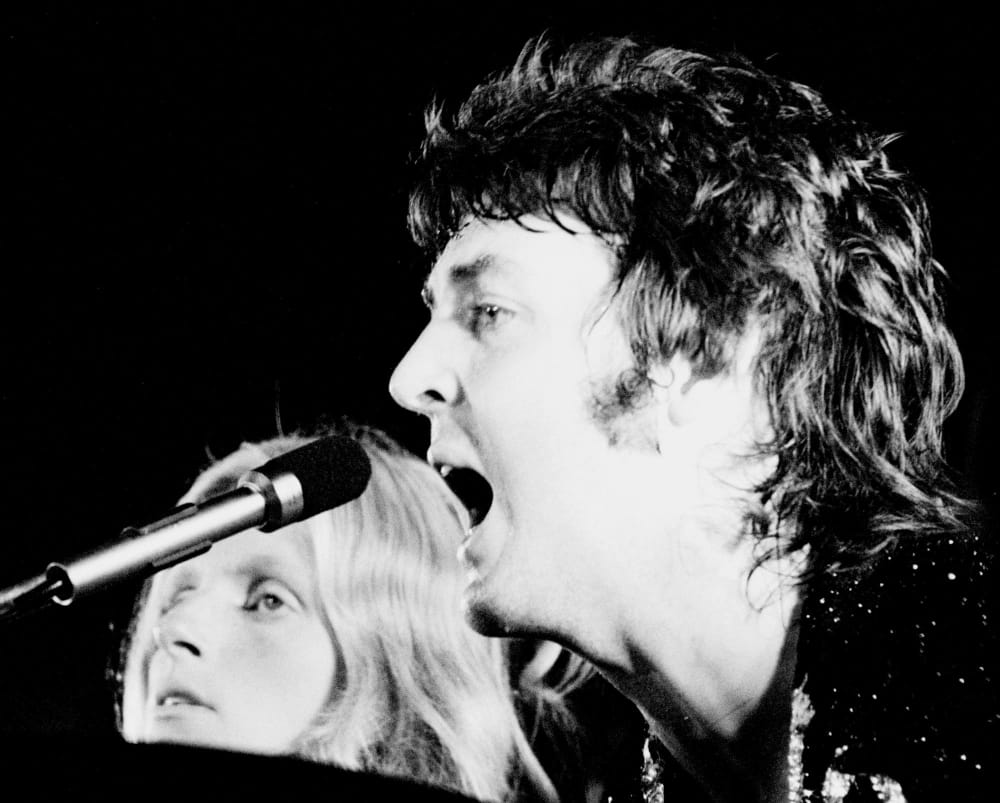
Gijsbert Hanekroot/Redferns
"Maybe I'm Amazed" (Paul McCartney - 1970)
"Maybe I'm Amazed" might be one of the greatest pop singles of all time: a love-lorn, soaring ballad of devotion replete with McCartney's vocals at their most growling, sinewy guitar solos, a strong backing chorus and lively piano playing — and McCartney did it all himself. There have been many great multi-instrumentalists over the years, but how many of them can harness their gifts into truly great songs? McCartney did with his first solo venture, proving that even without the support of his legendary band members, he could succeed all on his own.
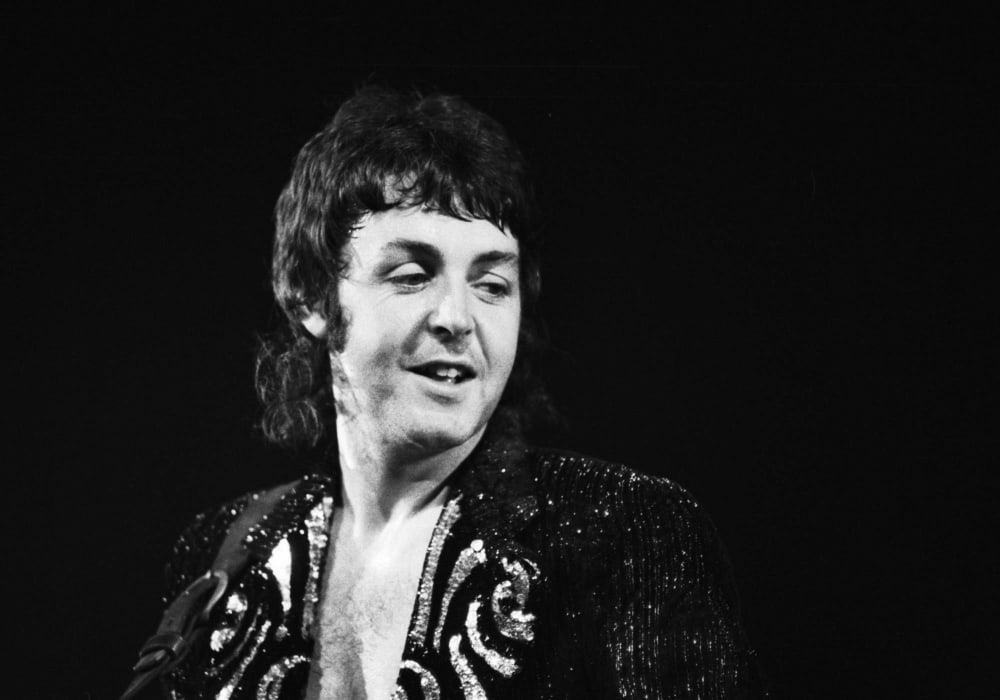
Gijsbert Hanekroot/Redferns
"Junk" (Paul McCartney - 1970)
While "Junk" might be a light acoustic ditty, it is filled with history. On the lyrical end, he's sorting through discarded objects and noting the memories associated with each of them. It's a meditation on the passage of time but lovely in its execution. The history of the song itself is even more remarkable, as the rest of the Beatles denied its inclusion on both "The White Album" and "Abbey Road," forcing Paul to put it on his first-ever solo record, "McCartney."
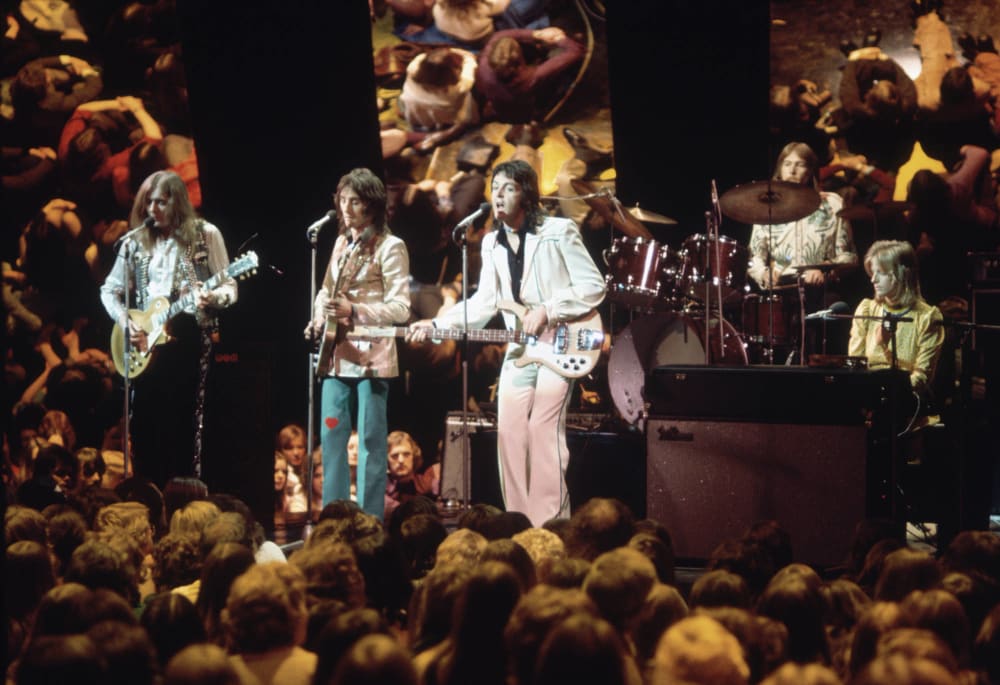
Bettmann/Getty Images
"Too Many People" (Paul and Linda McCartney - 1971)
While some may note this as one of the first songs in the great post-Beatles war of words between McCartney and Lennon (with the latter's "How Do You Sleep?" serving as a response to this), this lush, lavish opener to McCartney's greatest solo effort, "Ram," showed a great jump in production and just all-around fun in terms of Paul's solo aesthetic. Some rock critics have cited "Ram" as being ground zero for countless indie-rock trends, and after hearing "Too Many People" it's hard to disagree.
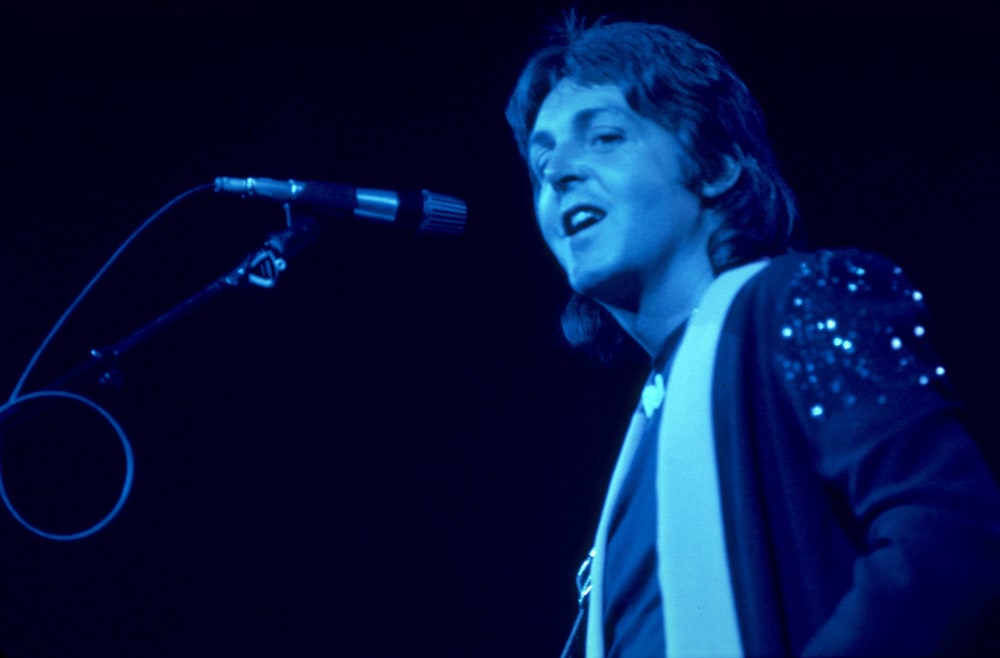
Richard E. Aaron/WireImage
"The Back Seat of My Car" (Paul and Linda McCartney -- 1971)
Barely scraping into the Top 40 of the U.K. charts, the closing number on "Ram" might be one of McCartney's most glorious solo pop efforts, mixing languid piano tones with a soaring chorus that reminds us of peak-era Beatles chantalongs. The string sections add a bit of lovely flavor as he tells the tale of teenage lovers doing what they do best, all making for a song that makes a stronger case for McCartney's solo legacy than the big "Ram" single "Uncle Albert/Admiral Halsey" ever could.
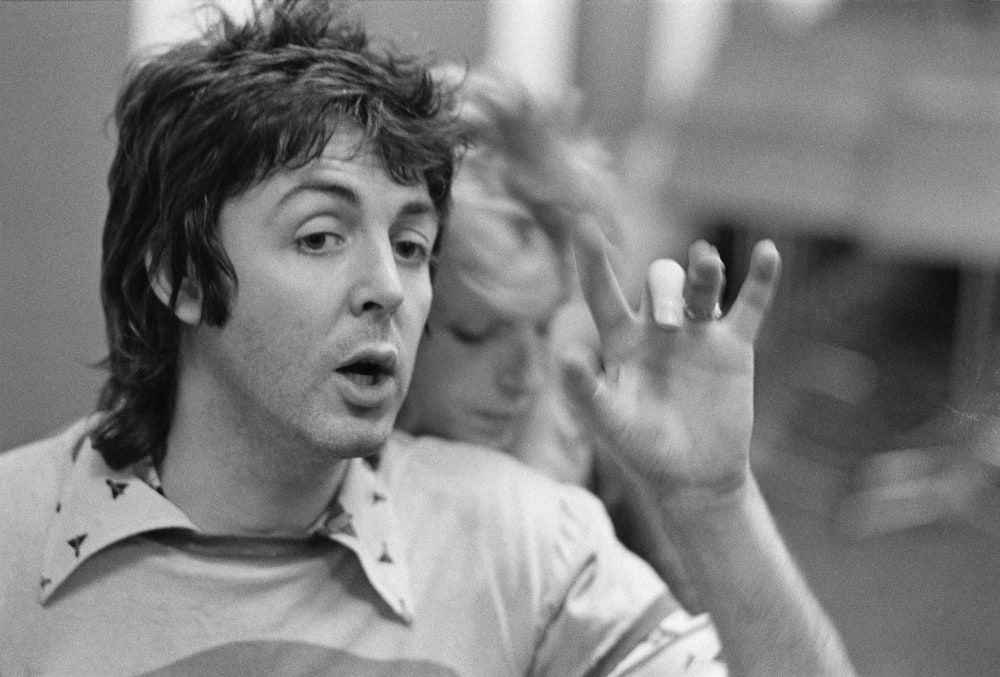
Michael Putland/Getty Images
"Live and Let Die" (Paul McCartney and Wings - 1973)
Written specifically for the James Bond film that introduced Roger Moore as the world's favorite secret agent, the multipart "Live and Let Die" cleverly reunited McCartney with producer George Martin in absolutely epic fashion. Going from piano ballad to action-orchestration to a bizarre little island-pop motif, "Live and Let Die," if anything, is memorable. It became one of McCartney's highest-charting solo numbers and remains his most favorite of concert staples, making it one of his five most-played concert songs ever.
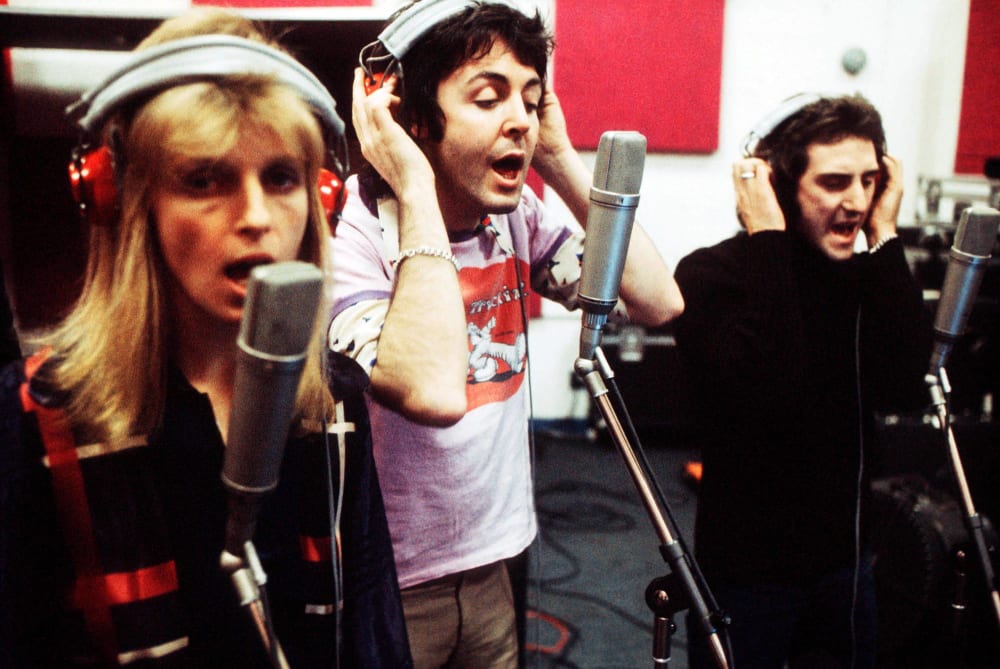
Michael Putland/Getty Images
"Jet" (Wings - 1973)
At the end of the day, the lyrics to "Jet" are kind of nonsense ("Jet, was your father as bold as a Sergeant Major?"). But with those blaring horns, that loud exclamation of "Jet!" and of course, those "ooo-ooo-ooo" vocals that are just too-fun to sing right along with — it makes for the kind of pop explosion that only McCartney would know how to pull off. Hell, you're probably singing it right now, aren't you?
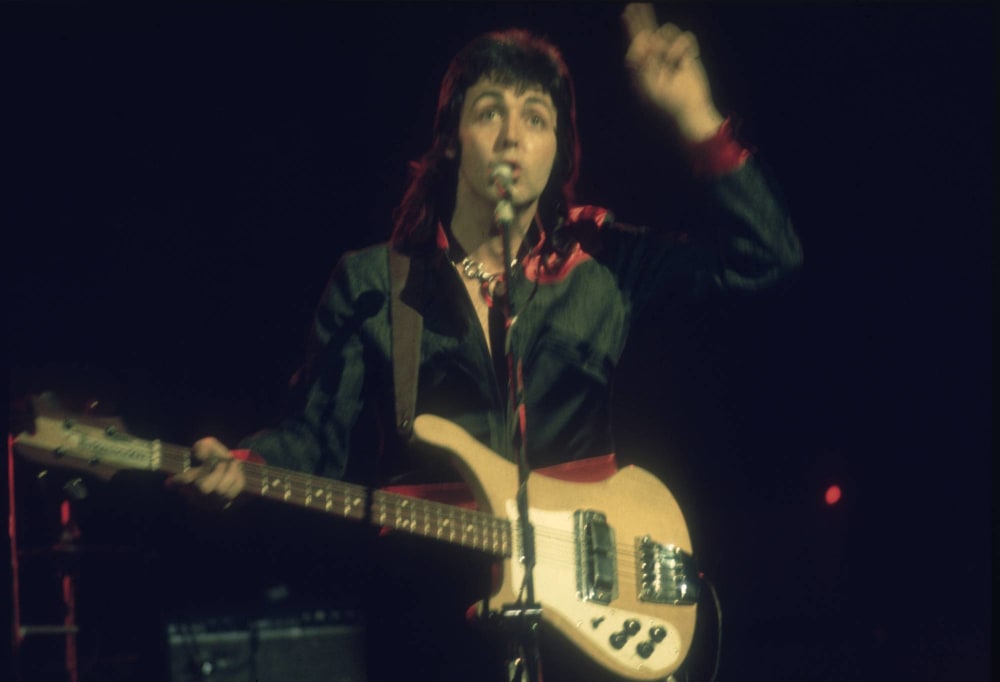
Central Press/Getty Images
"Band on the Run" (Wings - 1973)
Telling the story of a band that was locked up but eventually breaks out, the lyrics to "Band on the Run" are less compelling than the composition itself, as Wings works here with synthesizers in a fascinating new way. The guitar line that comes in on the "If I ever get out of here" verse sounds like the basis for Radiohead's entire career, and even then that gets shifted into a lively acoustic-guitar portion that leads us to that immortal chorus that would soon become Wings' calling card. A few years since the Beatles' demise, McCartney was cranking out radio hits like it was nobody's business.
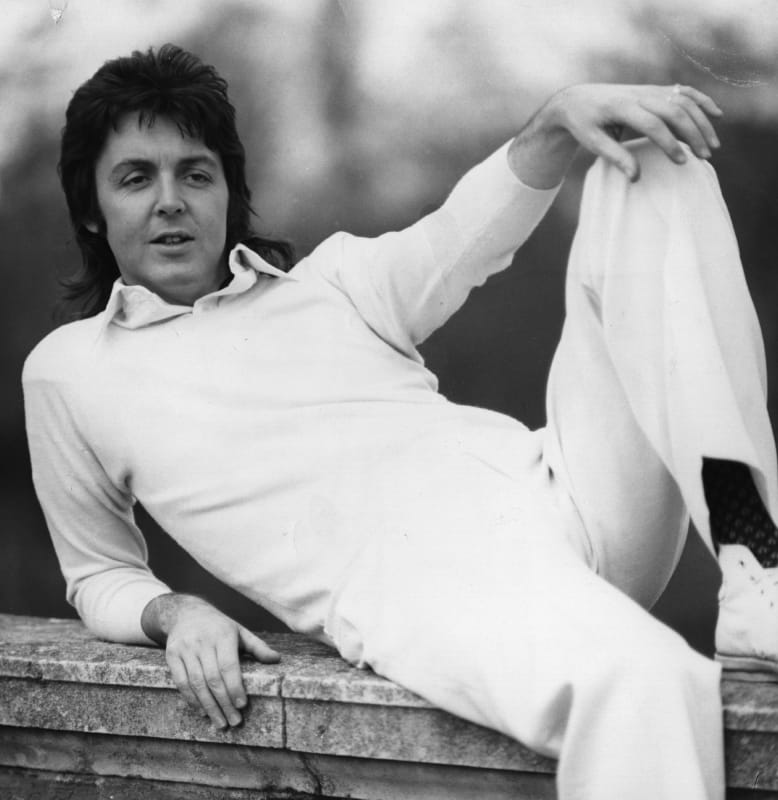
Evening Standard/Getty Images
"Nineteen Hundred and Eighty-Five" (Wings - 1973)
Based off a lyric fragment that McCartney carried around with him for years, this piano-pop number with a hint of a disco throb in the bass line is less about the lyrics and more about the vibe, with synths stretching out and those wild vocals culminating in a fiery guitar solo at the end. It's one of the best tracks off Wings' "Band on the Run" album, and it closes it out perfectly. However, Wings never got around to performing it live and even McCartney trots it out on rare occasions, making it all that more of a gem for fans to discover.
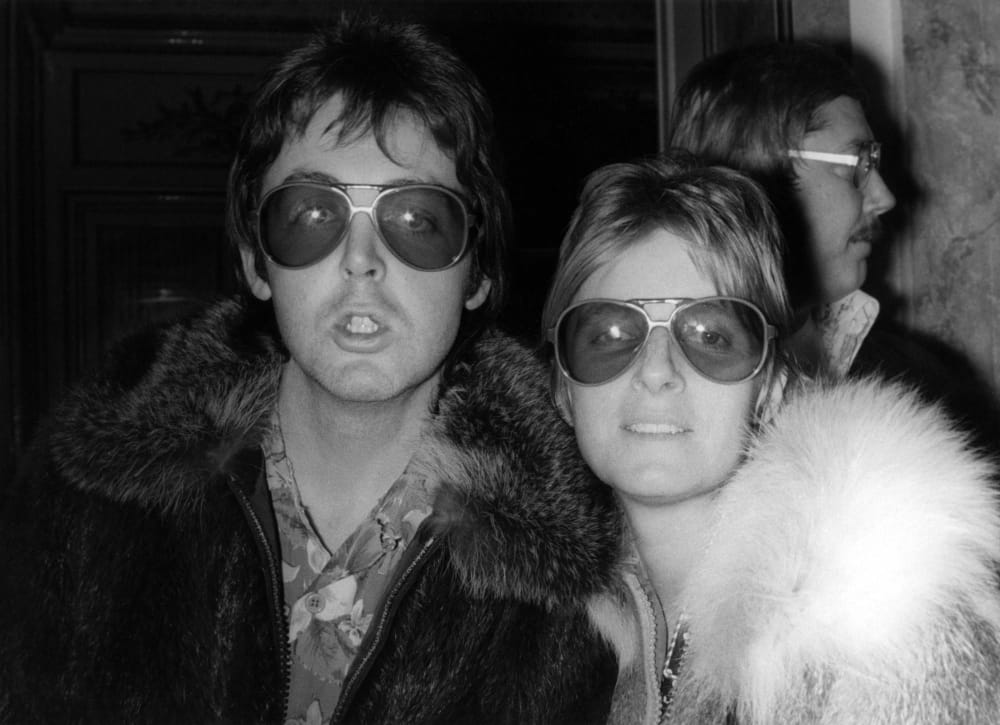
K & K Ulf Kruger OHG/Redferns
"Letting Go" (Wings - 1975)
As much as McCartney gets pegged as formalist, people often forget that Paul could sometimes get a little weird and strange in his songwriting. "Letting Go," the second single from Wings' "Venus & Mars," does just that. Riding a backroom guitar line that's accentuated by some funk horns, he puts a little bit of stank on this chord progression, talking about a woman he wants to make famous just to see if other people will get obsessed with her like he is. ("I wanna put her in a Broadway show / Ah, she'll dance and dine / Like a lucifer she'll always shine.") It's one of Wings' weirder songs, and it's all the more memorable for its offbeat nature.
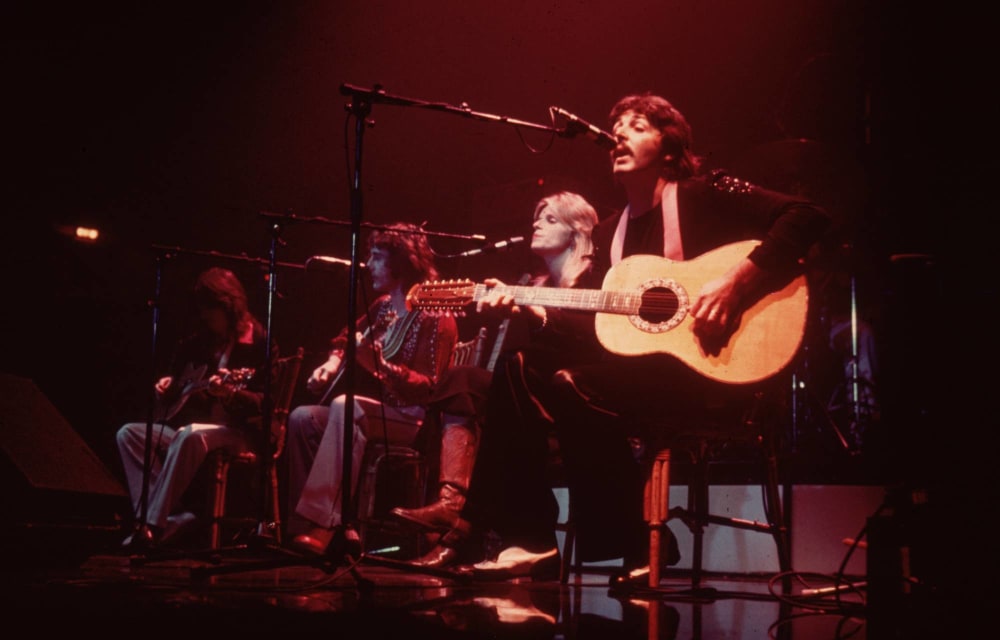
Hulton Archive/Getty Images
"Silly Love Songs" (Wings - 1976)
This was Paul McCartney's fifth U.S. chart-topper as a non-Beatle, proving his never-ending quest to be one of the most successful songwriters of all time would continue unabated. On top of that, this song was very much a response to criticisms that he wrote nothing but silly love songs, and he countered by acknowledging that's what he does as, per the lyrics, "here I go again." It's clearly tongue-in-cheek but also quite memorable, especially with those horn lines (that the session musicians apparently came up with themselves).
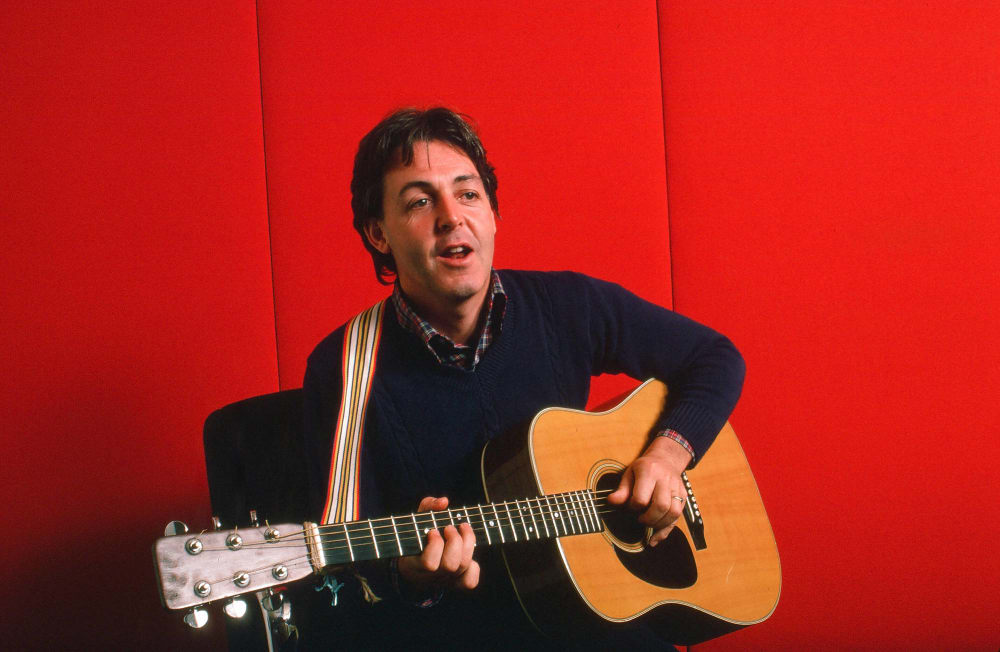
Robert R. McElroy/Getty Images
"Waterfalls" (Paul McCartney - 1980)
"Don't go jumping waterfalls / Please keep to the lake" — we're not saying that TLC ripped off Paul McCartney for its own massive hit "Waterfalls," but we're just pointing it out, OK? In all seriousness, Paul's heavily electro "McCartney II" album alienated as many fans as it won over, but this soft-spoken, stripped-down ballad remains one if its absolute highlights, as Paul softly croons about reining in unrealistic romantic expectations while reeling from potential loss. Lovely doesn't even start to describe it.
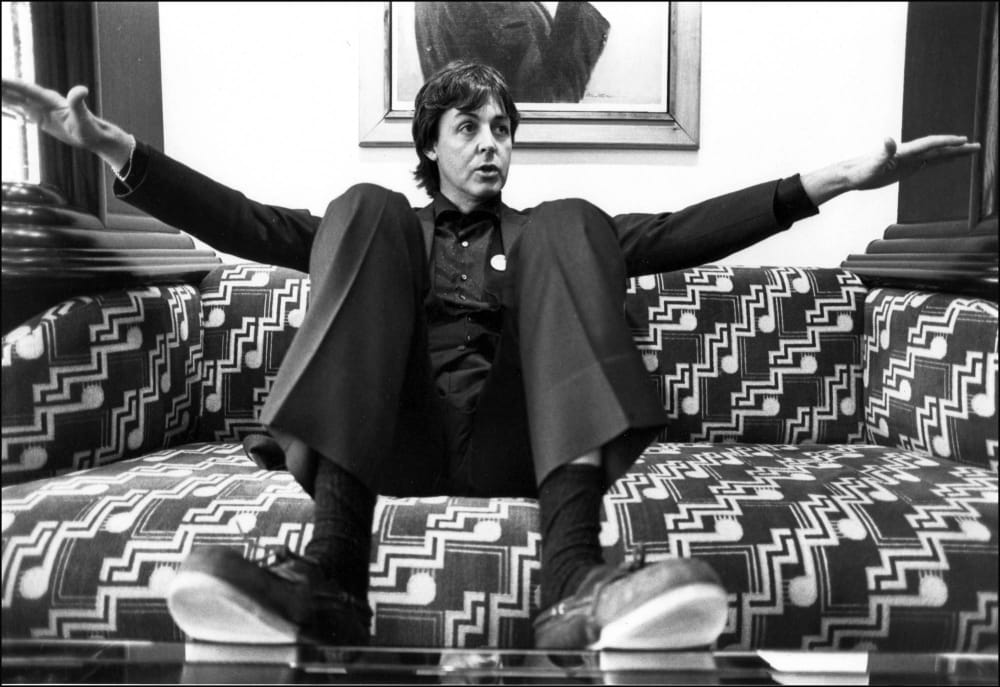
Michael Ward/Getty Images
"Coming Up" (Paul McCartney - 1980)
This is, in essence, McCartney's Talking Heads moment, with some furiously strummed rhythm guitar and pitch-shifted vocals making for a song that sounds unlike anything in his discography. As the preview single to his largely electro "McCartney II," it was the easiest thing to ship out to radio and became a hit in its own right. (The much stranger, oddball "Temporary Secretary" was the album's third single and it failed to chart — but Paul could be found playing it on tour as recently as 2017.)
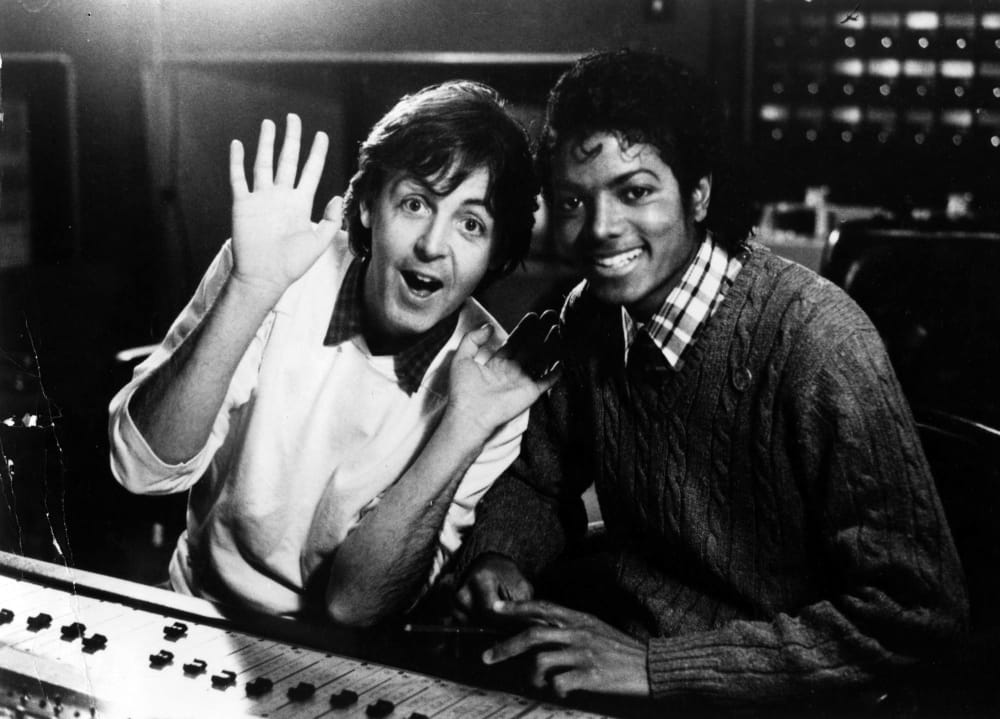
Afro American Newspapers/Gado/Getty Images
"The Girl is Mine" (Michael Jackson ft. Paul McCartney - 1982)
No no no, the doggone girl is mine (mine, mine). It's a syrupy confection to be sure, but McCartney's duet with Michael Jackson was not only an adult contemporary crowd pleaser, but it also was much an acknowledgment of Jackson's popularity, with one legendary songwriter saluting another. This was part of a tit-for-tat songwriting exchange between the two, as the following year the McCartney/Jackson duet "Say Say Say" would also chart well — but it's clear that Jackson got the better end of the bargain.
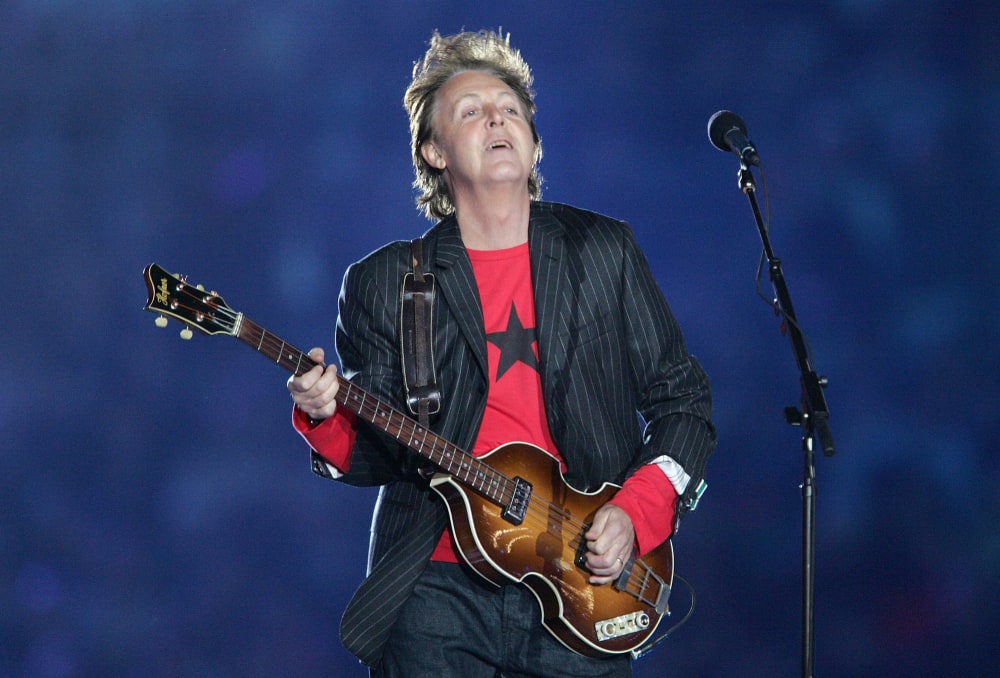
Jeff Gross/Getty Images
"Fine Line" (Paul McCartney - 2005)
McCartney's output in the late '80s and all of the '90s was scattershot, to say the least, with Paul succumbing to a lot of genre trends and often relying on live versions of his back catalog to goose his chart chances in the U.K. when he needed to. He had a nice revival of fortunes in the mid-2000s, however, with a string of comeback albums, the best of which was 2005's excellent "Chaos and Creation in the Backyard." Produced by Radiohead's go-to man Nigel Godrich, this record worked due to Godrich, a McCartney fan, recommending that Paul get back to his roots by playing most of the instruments himself. It was a clever move, as lead single "Fine Line" breathes with a life and energy we hadn't heard from Paul in years. No wonder it netted him an Album of the Year nomination at the Grammys.
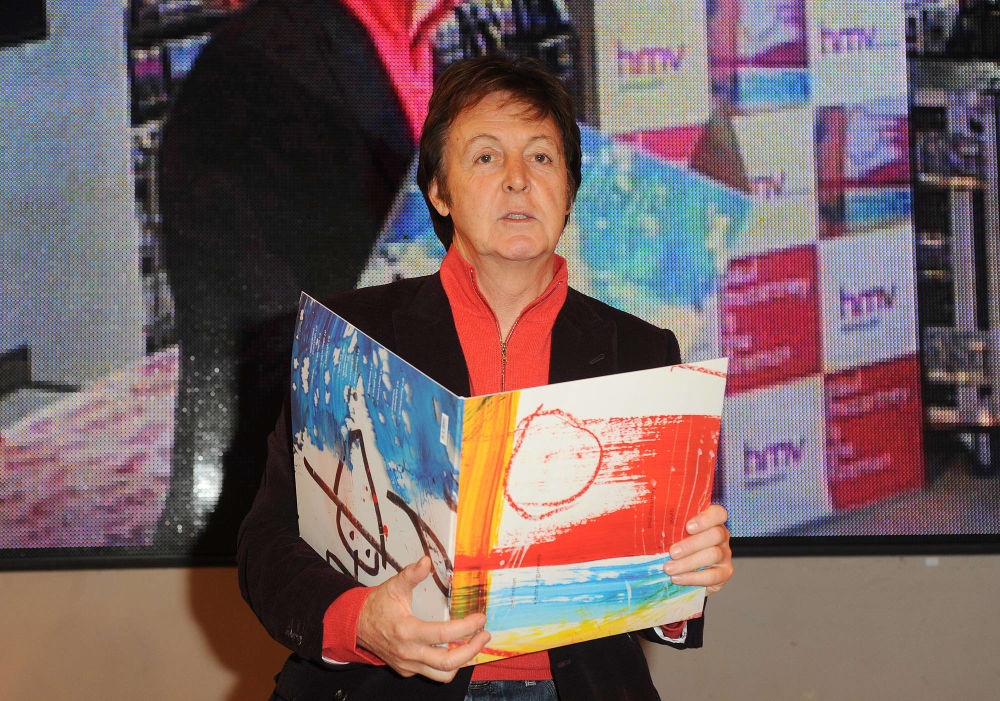
Samir Hussein/Getty Images
"Sing the Changes" (The Fireman - 2008)
The producer Martin Glover, who is best known by his pseudonym Youth, was the former bassist for Killing Joke and also a renowned U.K. producer in his own right, famously giving the band The Verve a distinct sonic palette just as it was emerging. Yet he also struck up a friendship with Paul McCartney during his knob-twiddling years, and the two recorded under the name The Fireman. The first two Fireman albums were basically ambient remix projects of assorted McCartney sounds, but 2008's "Electric Arguments" was a true-blue collaboration, with the duo writing and recording each of the album's 13 songs in 24-hour increments, one track a day. It's a loose, weird and lovely little record, with "Sing the Changes" serving as its anthemic centerpiece.

Kevin Mazur/WireImage
"FourFiveSeconds" (Kanye West, Rihanna, and Paul McCartney - 2015)
In one of the more unusual turns in McCartney's career, 2015 saw him circling Kanye West's orbit, helping write and record assorted singles for him, including "All Day" and the heart-rendering "Only One." Yet chief among these stray songs was "FourFiveSeconds," a Rihanna track that was intended to be the lead single from her album "ANTI" before she changed her mind. The song was nonetheless a massive hit, reconnecting McCartney to a whole new generation of listeners and proving that even in his 70s, he's still full of surprises.


No hay comentarios:
Publicar un comentario